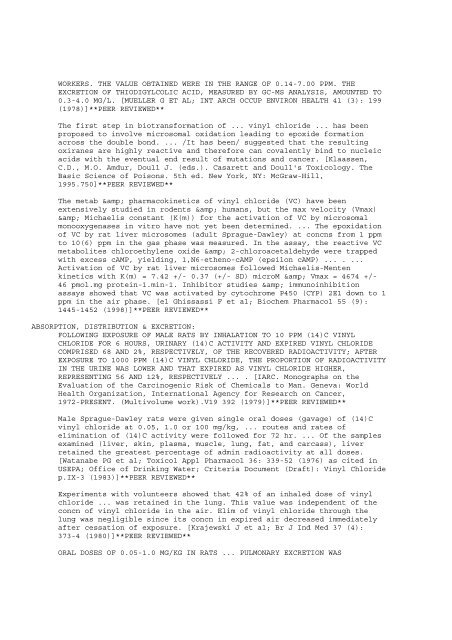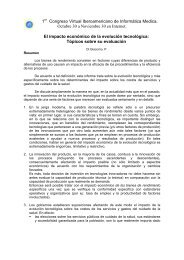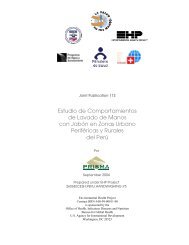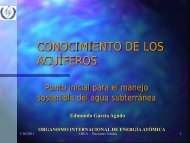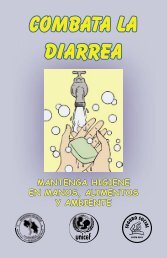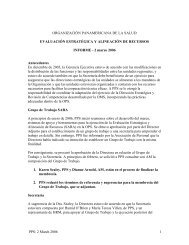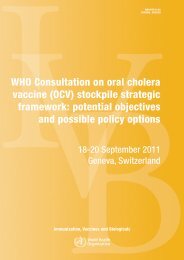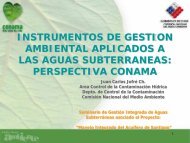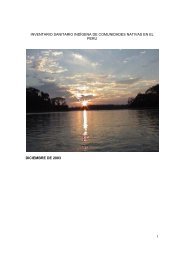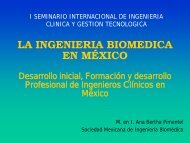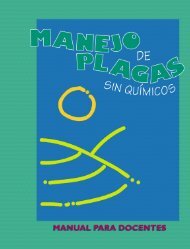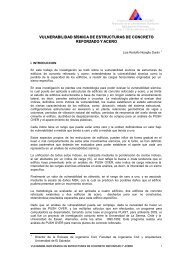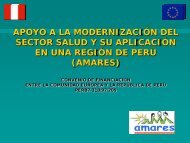a database of the National Library of M
a database of the National Library of M
a database of the National Library of M
You also want an ePaper? Increase the reach of your titles
YUMPU automatically turns print PDFs into web optimized ePapers that Google loves.
WORKERS. THE VALUE OBTAINED WERE IN THE RANGE OF 0.14-7.00 PPM. THEEXCRETION OF THIODIGYLCOLIC ACID, MEASURED BY GC-MS ANALYSIS, AMOUNTED TO0.3-4.0 MG/L. [MUELLER G ET AL; INT ARCH OCCUP ENVIRON HEALTH 41 (3): 199(1978)]**PEER REVIEWED**The first step in biotransformation <strong>of</strong> ... vinyl chloride ... has beenproposed to involve microsomal oxidation leading to epoxide formationacross <strong>the</strong> double bond. ... /It has been/ suggested that <strong>the</strong> resultingoxiranes are highly reactive and <strong>the</strong>refore can covalently bind to nucleicacids with <strong>the</strong> eventual end result <strong>of</strong> mutations and cancer. [Klaassen,C.D., M.O. Amdur, Doull J. (eds.). Casarett and Doull's Toxicology. TheBasic Science <strong>of</strong> Poisons. 5th ed. New York, NY: McGraw-Hill,1995.750]**PEER REVIEWED**The metab & pharmacokinetics <strong>of</strong> vinyl chloride (VC) have beenextensively studied in rodents & humans, but <strong>the</strong> max velocity (Vmax)& Michaelis constant (K(m)) for <strong>the</strong> activation <strong>of</strong> VC by microsomalmonooxygenases in vitro have not yet been determined. ... The epoxidation<strong>of</strong> VC by rat liver microsomes (adult Sprague-Dawley) at concns from 1 ppmto 10(6) ppm in <strong>the</strong> gas phase was measured. In <strong>the</strong> assay, <strong>the</strong> reactive VCmetabolites chloroethylene oxide & 2-chloroacetaldehyde were trappedwith excess cAMP, yielding, 1,N6-e<strong>the</strong>no-cAMP (epsilon cAMP) ... . ...Activation <strong>of</strong> VC by rat liver microsomes followed Michaelis-Mentenkinetics with K(m) = 7.42 +/- 0.37 (+/- SD) microM & Vmax = 4674 +/-46 pmol.mg protein-1.min-1. Inhibitor studies & immunoinhibitionassays showed that VC was activated by cytochrome P450 (CYP) 2E1 down to 1ppm in <strong>the</strong> air phase. [el Ghissassi F et al; Biochem Pharmacol 55 (9):1445-1452 (1998)]**PEER REVIEWED**ABSORPTION, DISTRIBUTION & EXCRETION:FOLLOWING EXPOSURE OF MALE RATS BY INHALATION TO 10 PPM (14)C VINYLCHLORIDE FOR 6 HOURS, URINARY (14)C ACTIVITY AND EXPIRED VINYL CHLORIDECOMPRISED 68 AND 2%, RESPECTIVELY, OF THE RECOVERED RADIOACTIVITY; AFTEREXPOSURE TO 1000 PPM (14)C VINYL CHLORIDE, THE PROPORTION OF RADIOACTIVITYIN THE URINE WAS LOWER AND THAT EXPIRED AS VINYL CHLORIDE HIGHER,REPRESENTING 56 AND 12%, RESPECTIVELY ... . [IARC. Monographs on <strong>the</strong>Evaluation <strong>of</strong> <strong>the</strong> Carcinogenic Risk <strong>of</strong> Chemicals to Man. Geneva: WorldHealth Organization, International Agency for Research on Cancer,1972-PRESENT. (Multivolume work).V19 392 (1979)]**PEER REVIEWED**Male Sprague-Dawley rats were given single oral doses (gavage) <strong>of</strong> (14)Cvinyl chloride at 0.05, 1.0 or 100 mg/kg, ... routes and rates <strong>of</strong>elimination <strong>of</strong> (14)C activity were followed for 72 hr. ... Of <strong>the</strong> samplesexamined (liver, skin, plasma, muscle, lung, fat, and carcass), liverretained <strong>the</strong> greatest percentage <strong>of</strong> admin radioactivity at all doses.[Watanabe PG et al; Toxicol Appl Pharmacol 36: 339-52 (1976) as cited inUSEPA; Office <strong>of</strong> Drinking Water; Criteria Document (Draft): Vinyl Chloridep.IX-3 (1983)]**PEER REVIEWED**Experiments with volunteers showed that 42% <strong>of</strong> an inhaled dose <strong>of</strong> vinylchloride ... was retained in <strong>the</strong> lung. This value was independent <strong>of</strong> <strong>the</strong>concn <strong>of</strong> vinyl chloride in <strong>the</strong> air. Elim <strong>of</strong> vinyl chloride through <strong>the</strong>lung was negligible since its concn in expired air decreased immediatelyafter cessation <strong>of</strong> exposure. [Krajewski J et al; Br J Ind Med 37 (4):373-4 (1980)]**PEER REVIEWED**ORAL DOSES OF 0.05-1.0 MG/KG IN RATS ... PULMONARY EXCRETION WAS


